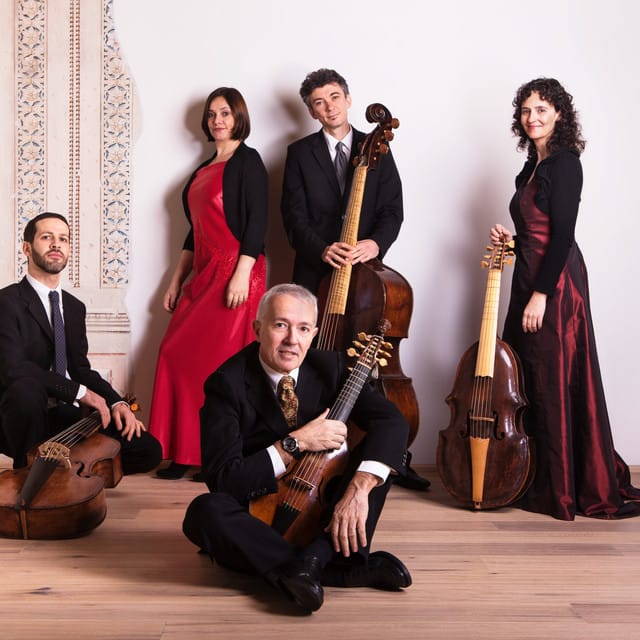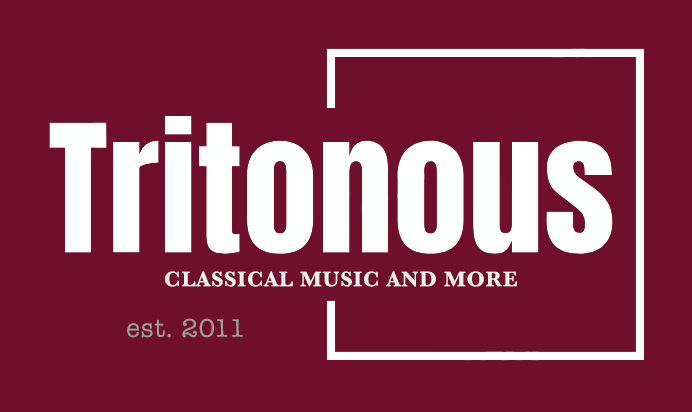
Itinéraire baroque en Périgord 2025: L’Itinéraire (2): Divertimento al Cembalo Accademia Strumenale Italiana; Église Saint Pierre et Saint Paul de Blanzaguet Saint Cybard, France, 02.08.2025
Haydn Divertimento in C, Hob..XV:C1 (published London, 1772)
Mozart Divertimento in B flat, K 254 (1776)
Perfomed in the historic 12th century Église Saint Pierre et Saint Paul de Blanzaguet Saint Cybard, this was a concert of variable standard. The Itinéraire often brings in one concet that sits below the rest, and issues of tuning and engagement marked this as the one. It could be that it was as simple as just setting in – the final movement of the second piece was where it all seemed to gel.
Still, Haydn is a great way to start a whole day’s musical explorations. The Accademia Strumentale Italiana comprises Patrizia Marisaldi, harpsichord; Davide Monti, violin; Alberto Rasi, cello. The early Divertimento in C, Hob. XV:C1 boasts a most civilised Allegro moderato first movement. This was a gentile performance, but one that seemed to highlight similarities with C. P. E. Bach’s output. While Monti’s lower register remains in tune, his upper can deviate from the pitch; a pity, as Marisaldi is a fine harpsichordist (the cello has a lesser part in most Haydn Tios, but Rasi provided a firm foundation). A fast Menuet with resolutely non-vibrato violin had force, and a nicely contrasting Trio; the finale had some elegance.
The Mozart, the “Divertimento à 3″ (Piano Trio), K 254, might seem like light and obscure fare, but remember there is a (remarkably light in the outer movements) version available by Leonid Kogan, Mstislav Rostropovich, and Emil Gilels, no less. Admittedly their slow movement thee takes nearly a quarter of an hour:
Anyway, lovely to have the exposition repeat here in France, with Marisaldi beautifully light-fingered. The use of tutti octaves seems a shared trope with Mozart’s piano duet sonatas. Marisaldi’s articulation was excellent, but Monti’s tuning was variable, and the basic tempo does need to be honoured (there was a tendency to get slower). The heavenly melody of the central Adagio, which allows for more violin/cello interaction, was touching (it lies low, so tuning was true); the harpsichord riposte perfect, as were the harmonic darkenings. The final Rondeau is a Tempo di Menuetto, taken at a sprightly tempo and as mentioned, by some way the most successful movement of the concert; ensemble gelled, tuning was better. I can’t help but wonder if I had heard this later on in the day if my reactions would have been more positive …










